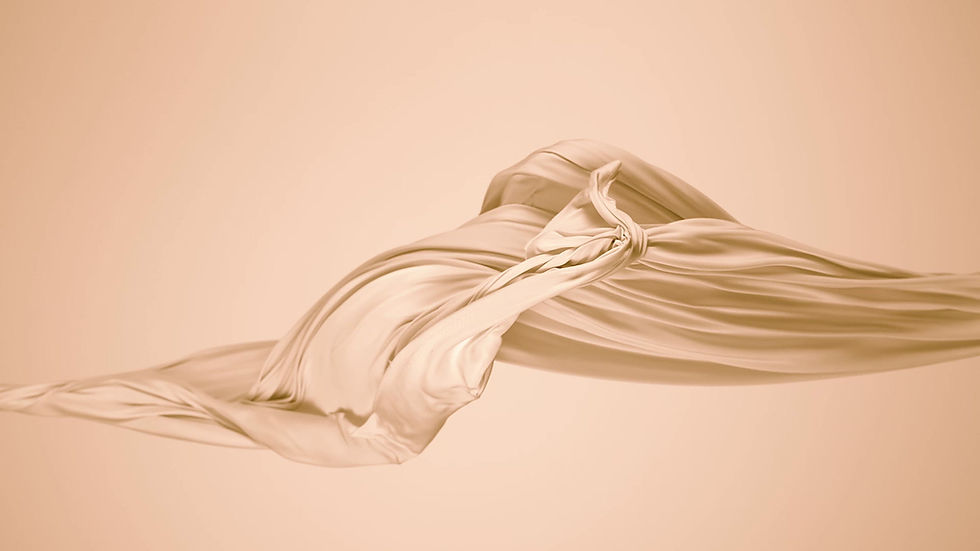

HISTORY OF FASHION
INDUS VALLEY CIVILIZATION

.png)
The Indus civilization, along with Mesopotamia and ancient Egypt, was the earliest known urban culture of the Indian subcontinent and one of the world's
three earliest civilizations. The Indus
civilization emerged from villages that tried
to follow the Mesopotamian model of irrigated agriculture in the Indus River valley. The Indus
River valley was home to the Harappan civilization. Its two major cities, Harappa and Mohenjo-daro,
were located in the present-day Pakistani
provinces of Punjab and Sindh, respectively.
Its reach extended from the Gulf of Khambhat to
the Yamuna (Jumna) River in the east. The Indus civilization arose in the third millennium BCE,

making it one of the world's earliest civilizations, and it lasted until the second millennium BCE. It is unknown how the Indus civilization ended, and its decline was most likely not uniform. By the middle of the second millennium BCE, Mohenjo-daro was already dying, and invaders from the north dealt it a final blow. The southernmost parts of the civilization, on the other hand, may have persisted until the Iron Age civilization developed in India around 1000 BCE.
The earliest evidence of textile production in India comes from the Indus Valley, where a complete urban civilization thrived between 2500 and 2000 BC, centered on the two cities of Mohenjo-daro and Harappa. Along with the numerous figurines and engraved seals, there were numerous spindle whorls of wool and coarse cotton, as well as some copper sewing needles. The first textile impression discovered in the subcontinent was discovered at Mehergarh, an Indus Valley site in Beluchistan. This impression of a woven fabric, as well as a large number of cotton seeds discovered, date from 5000 BC, indicating that cotton cultivation and textile weaving were already advanced at the time.

CLOTHING:
Early Indian costume is based on the study of sculpted figures and engraved seals discovered at Indus valley sites. Both men and women are shown wearing unstitched fabric draped around their bodies as well as a variety of stitched garments such as tunics, cloaks, simple skirts, and trousers.
One of the statues discovered in Mahenjodaro is a bust of a man thought to be a priest, but he could also be a nobleman or a deity. His stately appearance is created in part by his meditative expression and in part by the formal drape of his patterned robe or shawl, which must have evolved from a defined sartorial tradition.
A second figurine discovered in the same area is a stunningly realistic sculpture of a lithe and graceful dancing girl. Her stance is relaxed, and she is naked, but her arms and neck are heavily adorned with jewellery.
When comparing these two statues, one might be tempted to conclude that the people they represent were of different social classes, as each reflects a very different social interpretation of beauty and style. This may not be the case, as the Indus Valley civilisation was said to be multi-ethnic.
While nudity or the wearing of little clothing is often associated with primitive or underdeveloped cultures, the unstitched garment was worn in sophisticated urban settings and remained the preferred form of aristocratic dress throughout India's history.
Because it is not sewn, the unstitched garment is no less sophisticated. Wrapped or draped garments are as structured by their distinct drape as stitched garments, and they adhere to conventions and proportions dictated by socio-cultural norms.



TYPES OF FABRIC THEY USED
The Indus Valley Civilization's inhabitants had access to the bare minimum of fabrics, and the vast majority of them are ;
-
COTTON
-
JUTE
-
SILK
-
WOOL
What did people wear at the Indus valley civilisation?
Because Harappan figurines are typically unclothed, there is little evidence of Harappan clothing. Small fragments of cloth preserved in the corrosion products of metal objects demonstrate that the Harappans woven a variety of cotton cloth grades. Flax was grown and possibly used for fibres (alternatively it was grown for its oil seed). Native Indian silkworm species may have been used for silk (though inferior to Chinese silk), as they were in South Asia a little later. Although it is unknown whether the Harappans raised woolly sheep, their trade with Mesopotamia most likely provided them with an abundance of Mesopotamian woollen textiles.
The Harappans most likely continued the earlier tradition of making leather clothing. Although there is only one surviving fragment of coloured cloth, dyed red with madder, dyeing facilities indicate that cotton cloth was probably dyed a variety of colours; indigo and turmeric were likely also used as dyes. According to the few depictions of clothing, men wore a cloth around the waist that resembled a modern dhoti and was often passed between the legs and tucked up behind.


ORNAMENTS
Both men and women wore gold, silver, copper, and other metal ornaments. Men wore various designs and shapes of necklaces, finger rings, and armlets. A headdress, ear rings, bangles, girdles, bracelets, and anklets were worn by the women. Rich people wore expensive gold ornaments, while the poor wore shell, bone, or copper ornaments
Referencing
Encyclopedia Britannica. 2022. Indus civilization | History, Location, Map, Artifacts, Language, & Facts. [online]Available at: <https://www.britannica.com/topic/Indus-civilization> [Accessed 4 August 2022].
harappa.com. 1996. What did the Indus people wear and what material were their clothes made of?. [online] Available at:<https://www.harappa.com/answers/what-did-indus-people-wear-and-what-material-were-their-clothes-made> [Accessed4 August 2022].
Medium. 2018. Sense of fashion of the Indus valley civilization.. [online] Available at: <https://medium.com/clothx/sense-of-fashion-of-the-indus-valley-civilization-4bbd8dc2a117> [Accessed 4 August 2022].
prezi.com. n.d. indus valley civilization jwellery and clothing. [online] Available at:<https://prezi.com/n1qhvj6naf8j/indus-valley-civilization-jwellery-and-clothing/?frame=f6272b7e89a541e0d7562431c11b65840ffb4979> [Accessed 4 August 2022]